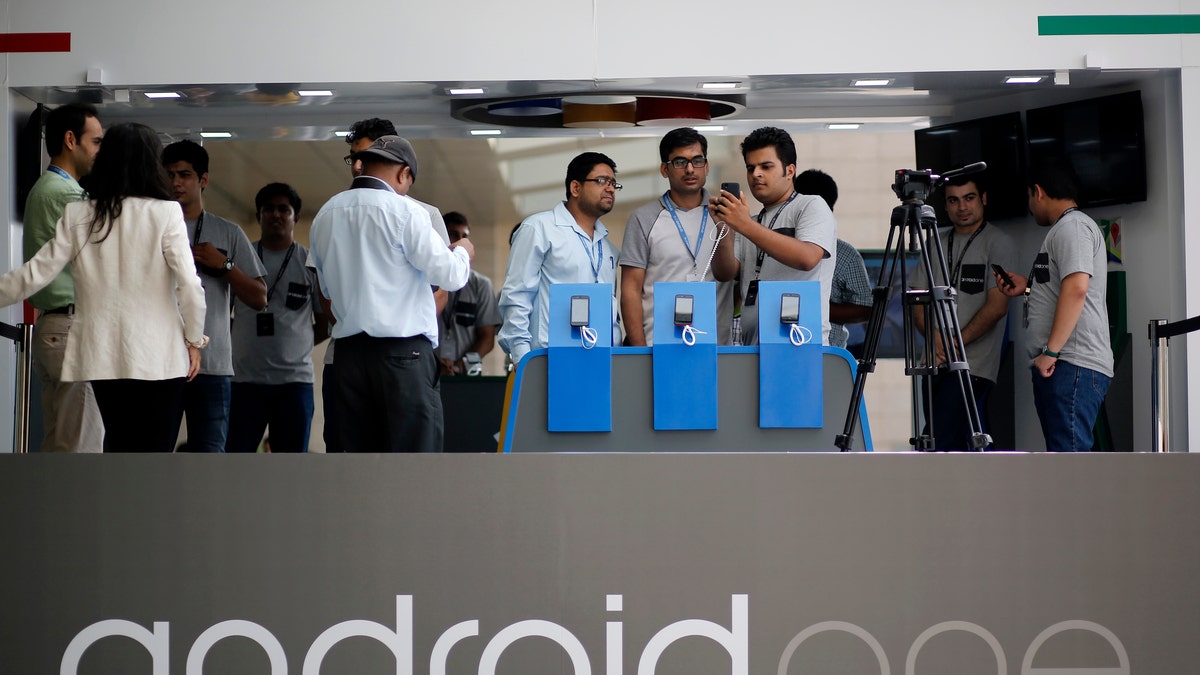
File photo. (REUTERS/Anindito Mukherjee)
Most Americans still don't worry about malware on their mobile devices. But the halcyon days of Android innocence are fast coming to a close, according to a new report by San Francisco-based mobile-security-software developer Lookout, Inc.
Android malware has grown smarter and more prevalent in the past year, Lookout found, and as a result, 7 percent of Android device owners in the United States encountered malware in 2014. That's a 75 percent increase from the 4-percent encounter rate of 2013.
MORE: Best Android Antivirus Software 2014
Ransomware, in particular, stole the show in 2014. It grew "by leaps and bounds," according to Lookout's Mobile Threat Report. Ransomware locks users out of their own devices unless a ransom — usually in Bitcoin — is paid to the ransomware operators' accounts.
Just like big-framed glasses or neon clothing, ransomware first appeared in the 1980s, but has seen a resurgence in the past couple of years, on Android as well as PC and Mac. Lookout attributes the 75 percent uptick in Android malware largely to the widespread success of mobile ransomware campaigns such as ScarePakage, ScareMeNot, ColdBrother, and Koler.
Not content with simply bringing back old fashions, cybercriminals and other malware developers also got creative in 2014, the report warned.
"In 2014 Lookout observed," it said, "one of the first instances of attackers attempting to use compromised mobile devices for cryptocurrency mining — a novel, if ultimately unprofitable, scheme."
Lookout also looked at adware, defined as software that disseminates interruptive ads or ads that collect too much personal information, and chargeware, defined as software that tricks people into signing up for paid subscriptions or performing actions that have a fee attached.
Chargeware is much more prevalent in Europe than the U.S. — in 2014, the encounter rate for chargeware was 9 percent in France, and 11 percent in the United Kingdom, but just 4 percent on this side of the pond.
The French and British numbers represent a decrease from 2013, but Germany saw an increase in chargeware in 2014, from 2 percent to 7 percent. Largely to blame for this uptick is the successful SMSCapers campaign, in which victims downloaded pornographic apps that had unclear prices attached to them.
But it's not all bad news: Lookout found that mobile adware decreased sharply in 2014, making it no longer the most prevalent mobile threat. Lookout credits Google with this decrease: In late 2013, Google tightened up its Google Play app store policies, strictly limiting adware in apps disseminated through the store.
Lookout compiled its 2014 Mobile Threat Report from analysis of its own software users, who number more than 60 million worldwide.
